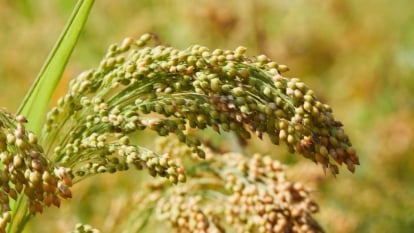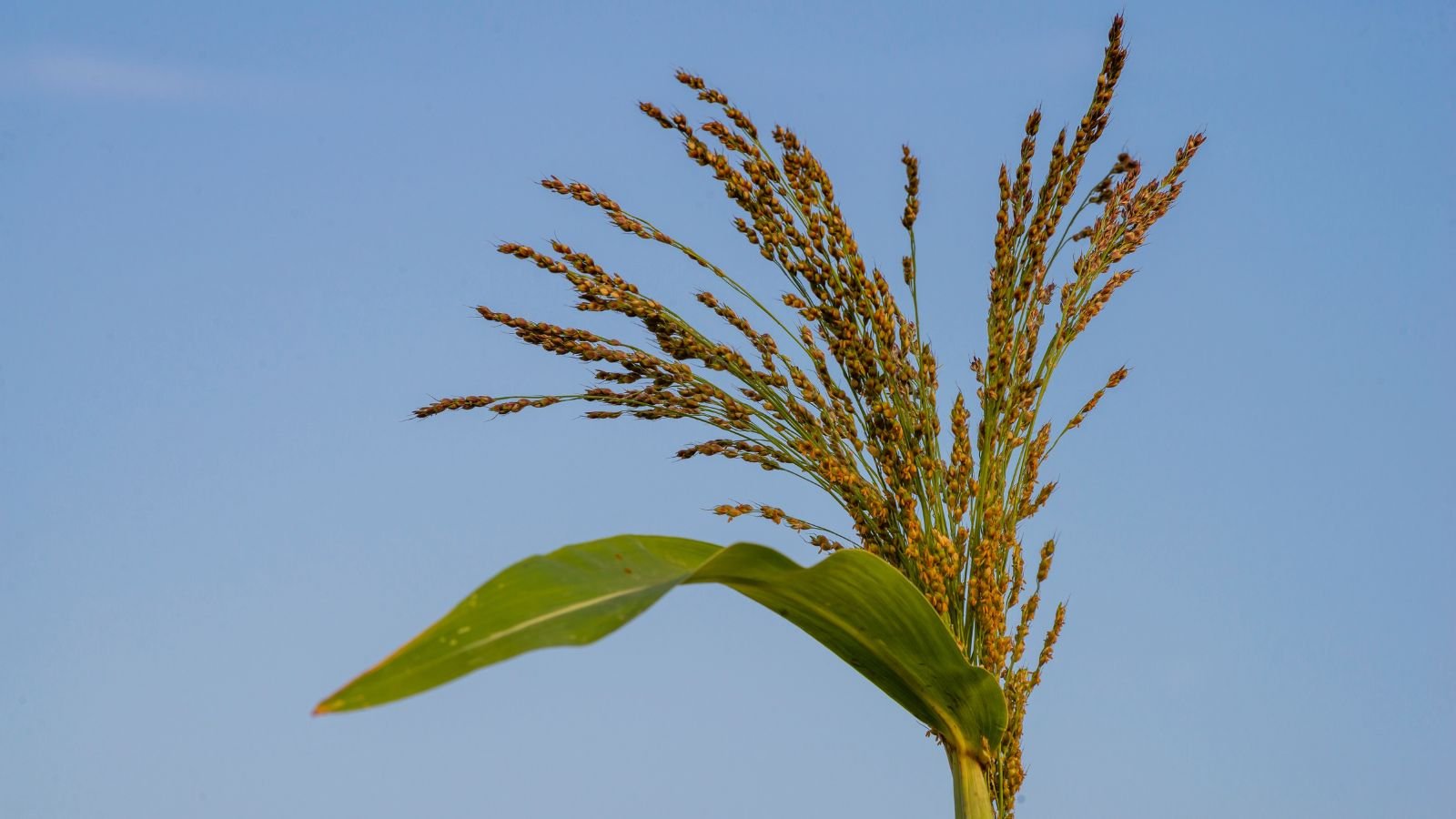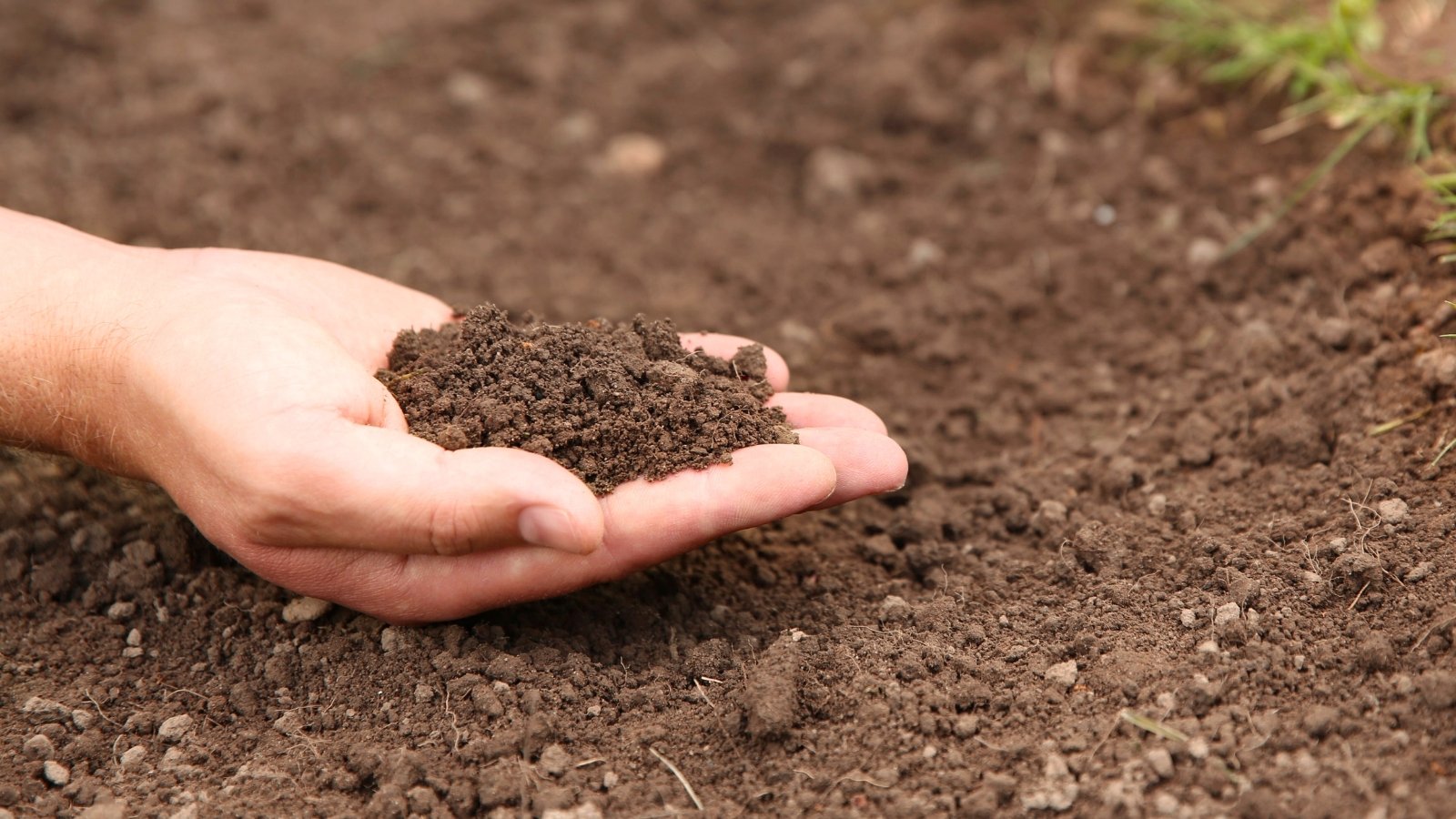Plant, Develop, and Look after Millet
The millet plant is usually a sustainable resolution to meals insecurity throughout the globe. As a crop, millet could be very climate-resistant. It doesn’t require numerous water or very fertile soil, each of that are at all times in brief provide anyway. Due to its potential to thrive in harsh climates, it prices lower than quinoa to provide and makes use of much less water. This low-carbon possibility may assist feed the rising inhabitants with much less environmental affect than different extra well-liked cereal crops.
Along with being comparatively simple and cost-effective to develop, millet is excellent for you. This essential meals crop can be gluten-free and entire grain. This nutrient-packed seed gives all however one important amino acid wanted to make it an entire protein, which is greater than most grains can say. It is usually ample in fiber and antioxidants, and the finger millet can be a superb supply of calcium.
Apart from meals for people, millet can be a extra sustainable possibility for fodder and forage than a few of its well-liked alternate options. In the US, millet is extra considered as a birdseed possibility than meals grain for folks – however that’s steadily altering!
Overview


|
|
|
|
What’s Millet?
Millet is a cereal crop from the Poaceae household, with a seed-like look. Being part of the grass household, this grassy plant has an extended stalk and is often harvested for its small edible seeds. In contrast to most grain crops that prefer it cooler in temperature, millet grows greatest in hotter climate, like rice and corn.
Native Space


Totally different types of millet originated greater than 4,000 years in the past in elements of Asia and Africa. Though the seed is the primary attraction, folks develop millet for varied causes. It is a wonderful cowl crop, nice fodder for livestock and domesticated animals, forage for grazing animals, and after harvest season, mixing into your soil for added vitamins. Some even develop it as a decorative millet due to its lovely purple foliage.
Traits


Within the gardening world, significantly within the US, it is not uncommon to plant round June or July and harvest in mid-October. As soon as seeds are planted instantly into the soil, they take one to 2 days to germinate, and as soon as the plant has been established, it begins the tillering course of.
Subsequent, the panicle, or a cluster of flowers, that may type the seed head begins to develop inside a sheath of leaves. Because the plant matures, the pinnacle emerges from the sheath and turns from inexperienced to gold to brown. Millet is often harvested for the very best yield when the pinnacle has turned a 3rd of the best way brown.
Makes use of


As mentioned earlier, this historic grain is filled with tons of important vitamins. Within the US, it’s usually grown for birdseed. In different elements of the world, millet is an important element of the common particular person’s weight loss program. Relying on the way you put together it, it may be utilized in a dish as a grain just like rice or quinoa, or if cooked longer with extra liquid, it turns right into a porridge.
Millet seeds are sometimes in multigrain bread; these grains may also be floor down into flour and used to make flatbread and different dishes with good dietary worth. Millet alone has a barely nutty taste however readily transforms to style like no matter it’s cooked in.
Forms of Millet
Whereas completely different millet varieties are related in style, they every have distinctive traits that assist us perceive why they’re so well-liked round completely different elements of the world. The assorted millets mentioned under are usually not a complete checklist however spotlight among the extra broadly grown millet species. All of the millets mentioned right here have related rising habits!
Proso Millet


Proso (Panicum miliaceum) is essentially the most commonly-grown millet within the US, and solely proso millet is grown as a meals crop right here. The seed shade of proso millet can fluctuate between white, cream, yellow, orange, crimson, black, and brown. Proso millet is grown within the central and northern Nice Plains of the US. It’s typically thought of essentially the most adaptable of the millets as it could actually develop additional north and is extra tolerant of upper elevations than foxtail or pearl millet.
Foxtail Millet


Foxtail millet (Setaria italica) is also referred to as Italian, German, or hay millet. That is the oldest sort of millet, and its origins have been traced again to southeast Asia. It’s the second most-produced millet globally and usually essentially the most economically priceless. Foxtail millet’s significance in world agriculture cannot be overstated. Greater than 90 million folks on this planet depend upon it as a big meals supply. Though foxtail could be very well-liked in heat and temperate climates and are essential crops in India, it’s usually grown as a catch crop for fodder and birdseed mixes within the US.
Pearl Millet


Pearl millet (Pennisetum glaucum) is grown primarily as a meals crop in Africa. They’re important crops in much less fertile agriculture areas in Africa and Southeast Asia as a result of it reliably produces in poor, droughty, and infertile soils than most different varieties of cereal grain. Nonetheless, Pennisetum glaucum is a extremely adaptable crop that grows in fertile soil with extra moisture too. Pearl millet grows greatest in mild, well-drained loamy or sandy soils.
Pearl millet is also referred to as cattail millet, and a few of its varieties are used as decorative millet. Typically, decorative millet grows in lovely shades of purple, the most well-liked amongst these being the ‘Purple Majesty’. Pearl millet can be the tallest rising millet, with heights starting from 5 to eight ft, making it the perfect for decorative millet. Most different millets develop to be about two to 4 ft tall.
Finger Millet


Finger millet (Eleusine coracana) is one other sort of millet grown in India and Africa. It was named finger millet due to its finger-like seed heads. Also known as Ragi in India, that is an especially widespread crop utilized in flours, bread, alcoholic drinks, and malts. This essential crop is a wonderful supply of calcium and, like pearl millet, could be very drought resistant with the flexibility to be grown year-round in enough climates.
Fonio
Fonio (Digitaria exilis) is a millet referred to as acha or hungry rice. With the rising reputation in West Africa, this millet thrives in desert situations and is usually planted in sandy or stony soils. Fonio has two completely different species, white and black, with white being the extra well-liked. Fonio is the smallest of the millets, and harvesting is usually extra labor-intensive due to this.
Planting


After deciding on what sort of millet to plant, it’s time to put together. Develop millet in containers, within the floor, or in raised backyard beds, with barely various planting and care methods. Until the soil within the spring for greatest outcomes and roll earlier than planting.
Plant properly after the final frost when the soil temperature has reached about 65°F (18°C) and ensure the world will be capable to get a full day’s value of solar. Keep away from planting differing types subsequent to one another, as they’ll cross-pollinate particularly in case you plan to save lots of seed to sow subsequent 12 months.
When planting, broadcast sow after which evenly pack. Bury the seeds one to a few inches deep, however 4 to 5 inches deep will nonetheless work. Plant two inches aside from one another.
Develop Millet
If planted in the best location, caring for millets isn’t an excessive amount of work. One of many causes it’s so well-liked is that it’s a low-maintenance cereal crop that doesn’t want numerous consideration or assets. Following these pointers will aid you maximize your yield and guarantee your plant is prospering.
Mild


Millet thrives in full solar. In case you are rising decorative millet, ensure you have chosen a spot the place they may obtain full solar to show that lovely deep purple shade. The extra daylight millet will get, the higher the harvest of grain in the long run.
Water


Being very drought-tolerant, millet doesn’t want numerous water. Proso particularly has the bottom water requirement of any grain crop. Millets are a shallow-root crop and extract most of their water from the primary three ft of soil. The vast majority of its water comes from rainfall all through the rising season. Ensure they get one inch of water every week is low rainfall areas.
Enable the soil to dry earlier than watering once more; millet doesn’t do properly when water-logged. It’s best to water with a drip system and water early within the day to verify the millet has time to dry off earlier than evening when temperatures drop.
Soil


Much less is extra in the case of high quality soil for millet. In elements of Africa and Asia, when soil situations grew to become too poor to plant rice, farmers would plant millet. As a result of it’s a crop that produces somewhat rapidly, in an appropriate local weather, growers may plant it again to again as much as 3 times a 12 months.
Millet does greatest in well-draining heat sandy or loamy soils. It prefers a impartial pH vary for optimum development. Most significantly, ensure you are usually not planting millet in soil liable to waterlogging.
Temperature


This plant requires a heat temperature for germination and could be very frost-sensitive. Plant when soil temperatures attain 65°F (18°C), as that’s the minimal temperature that soil needs to be all through the rising season. Temperatures of 40 to 50°F (4-10°C) can severely hinder millet’s development to the purpose that they could not recuperate.
Fertilizing


Millet is usually grown in much less fertile soil, so fertilizing is optionally available. In case you do need to fertilize millet, specializing in merchandise with a excessive quantity of nitrogen, like feather meal, is your best choice. This plant will be delicate to fertilizer burn, so don’t apply on to the seed. Fertilize on the planting time after which once more 4 weeks later.
Harvesting


When to reap millet all is dependent upon why it’s being grown. In case you intend to make use of it for forage, harvesting can start 45-60 days after being planted. To get essentially the most nutritious hay, harvest millet on the boot stage, which means the pinnacle has developed and grown in measurement however remains to be enclosed inside its sheath. At this level, they’re windrowed to maximise yield and high quality hay.
If harvesting for seed for both meals or as a wildlife planting, the millet plant is often prepared 70-90 days after planting. An apparent signal that it’s time to reap is when the highest half of the pinnacle has turned brown, and the decrease portion is not inexperienced.
Ready too lengthy to reap will trigger shattering, and you’ll seemingly lose extra seeds this manner than in case you had harvested too early. Minimize the seed head off from the remainder of the plant with a pair of backyard shears and permit heads to dry for a number of days in a cool darkish place. As soon as they’ve dried, it needs to be simpler to separate the seed from the pinnacle by rubbing them off together with your palms. The seed ought to then once more be dried for a number of days earlier than storing.
Every seed have to be dehulled earlier than human consumption, and strategies fluctuate relying on the kind of millet. Professionals and pearl millet have simply detachable hulls that may be separated by rubbing them off or winnowing them with a fan or breeze. For foxtail millet, the hull is thicker and must be eliminated with a hand mill.
Storage


After millet has been dehulled, it may be floor into flour or saved as is. Retailer entire millet in an hermetic container in a cool, darkish, dry place. For longer storage, put your container within the freezer for every week to kill off any micro organism. Retailer entire millet for as much as a 12 months, and millet flour for as much as six months. When you prepare dinner millet, it’s going to final within the fridge for 3 to 5 days.
Widespread Issues
Although millet is a low-maintenance crop, it isn’t excellent. Taking precautions might help defend your vegetation from pests and illness. Step one is figuring out what to watch out for.
Pests


As a result of millet seed is usually used to make birdseed mixtures, birds is usually a main downside when rising millet. Birds are identified to eat the millet seed-heads and any planted seeds that haven’t had the prospect to germinate but. Cease birds from consuming newly sown seeds by soaking millet seeds in a single day after which letting them dry out. Seeds germinate quicker this manner, which shortens the window birds have to search out and eat them.
As soon as the crop has been sown, cowl the published seed with soil in order that birds can not see them. Relying in your scale of manufacturing, overlaying crops with nets though this isn’t reasonable for producing massive portions. Ensure to reap millet earlier than its heads begin to deteriorate and this may decrease the variety of birds your crop attracts.
As well as, some bugs are minor pests. Grasshoppers, military worms, chinch bugs, and false chinch bugs are all one thing to look out for when rising millet. For fall armyworms, spinosad and neem oil are confirmed to be very efficient.
Military worms and grasshoppers may also be handled with BT spray, a liquid type of Bacillus thuringiensis. Chinch bugs will be handled utilizing pyrethrin or a twig type of Beauvaria bassiana, a pure fungus that wipes them out.
Ailments


Ailments amongst millet can fluctuate relying on the sort, however none are extraordinarily prevalent. Some to be careful for are powdery mildew, bacterial blight, head and kernel smut, and leaf spots like alternaria leaf spot.
Powdery mildew responds properly to neem oil therapy, and each powdery mildew and leaf spots will be handled with copper fungicides. Various kinds of smut and bacterial blight are laborious to deal with; the smut is fungal in origin so could reply to early pre-treatment by way of copper fungicide, however bacterial ailments are sometimes unfold by pests and could also be deadly to the plant.
Incessantly Requested Questions
Millet plant can be utilized for human meals, to make flour, for birdseed, livestock feed, domesticated animal feed, as a hay crop, forage for grazing, cowl crop, and once in a while, decorative millet is grown for ornamental functions.
Annual, its seeds will be harvested and planted once more subsequent 12 months.
It’s a sort of grass, a part of the big household of cereal crops.






